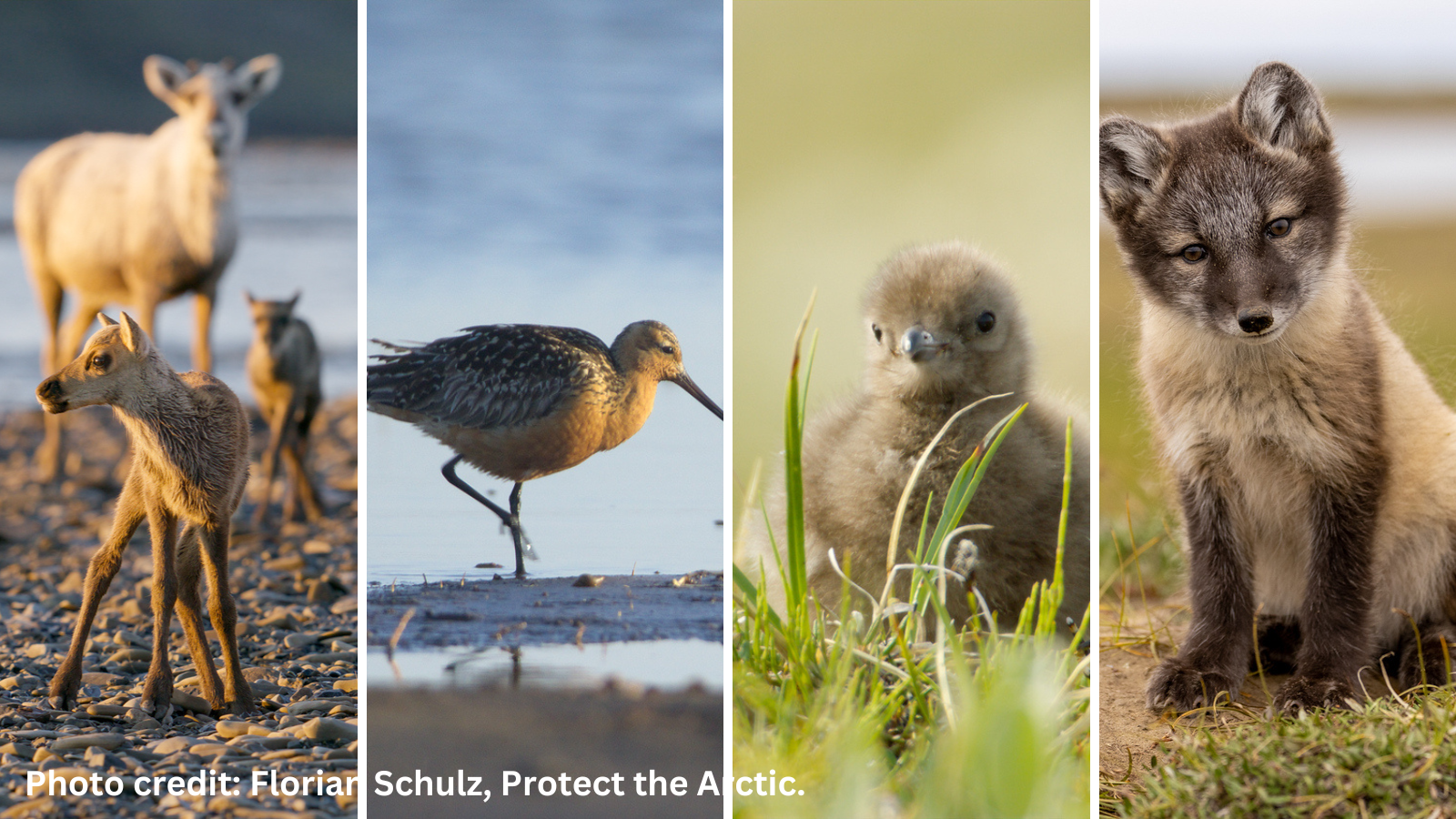
Why Alaska’s NPR-A, site of the Willow Project, deserves protection
There’s a lot of important wildlife habitat in the area where the Willow project is located. In April, 2024 President Biden acted to protect it.
Can you imagine a world filled with more wildlife and wild places? So can we. And we’re working together to make it happen.
Every minute, we’re losing two football fields worth of wild lands, and too many animal species face extinction. It’s up to us to turn things around. We imagine an America with more mountaintops where all we see is forests below, with more rivers that flow wild and free, more shoreline where all we hear are waves. An America with abundant wildlife, from butterflies and bees floating lazily in your backyard, to the howl of a coyote in the distance, to the breach of a whale just visible from the shore. Together, we can work toward this better future.
There’s a lot of important wildlife habitat in the area where the Willow project is located. In April, 2024 President Biden acted to protect it.
Send Your Message
Here are 10 examples of how our advocates won positive results for the public and the planet in 2023.
Most U.S. old-growth forests have been logged, many of oldest remaining trees open to logging
With the health of the ocean under threat more than ever before, the need for action has never been greater. Marine protected areas must be a key part of that action.
